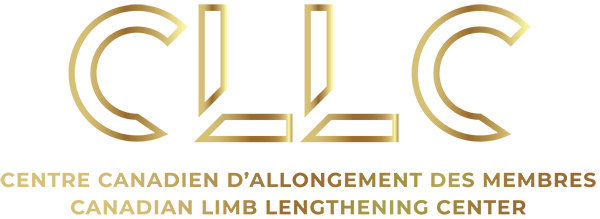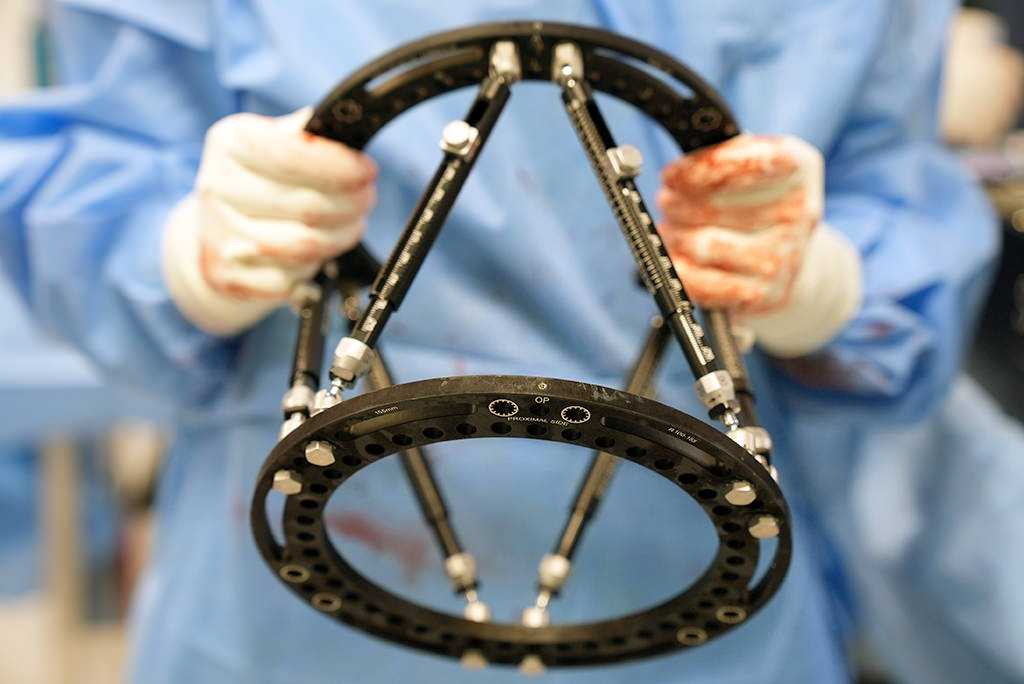FAQ
Canadian Limb Lengthening Center is one of the leading orthopedics centers in Canada with a comprehensive team of orthopedic surgeons, physical therapists and rehabilitation specialists who specialize in limb lengthening and deformity correction.
For Canadian and international patients alike, our centre offers expert care in both pediatric and adult orthopedics. When it comes to treatment of deformity and limb length discrepancy, our surgeons have extensive training and experience.



